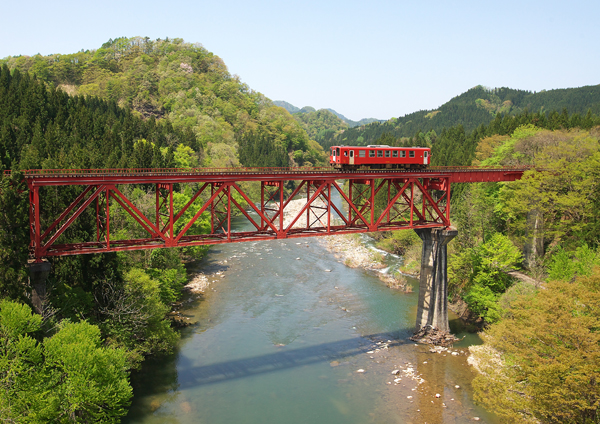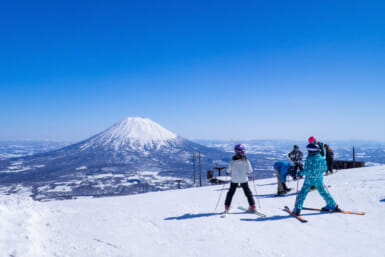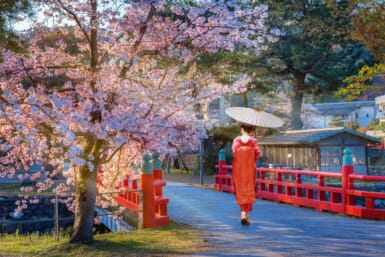Akita’s Nairiku Line takes you on a spectacular journey from a Samurai town known as the “little Kyoto” of the north, through mountains and across rivers to the deepest lake in Japan and with the seasons as evident as anywhere, you’ll find a different scene whenever you visit…
Riding the railroads through rural Japan is a great way for those of us without access to a car to explore further than the big cities and resorts. The Akita Nairiku line – a service that now exists almost solely to allow tourists to discover a new area, getting off pretty much wherever they want to explore – is one of the best we’ve encountered.
As much as the bullet train will whisk you wherever you want to go in Japan at great speed, there’s often not that much to look at through the windows – many sections of the line are shrouded by sound barriers and, if you’re off for a weekend away, you might be better off flicking through a guidebook or getting some kip than expecting to enjoy what’s the other side of the window.
The 94.2km Akita Nairiku Line has 29 stations at each of which you will find something new to enjoy, as you can see by looking at the photographs within this article: this is one of those times when a feat of engineering can forge its place on a landscape and actually add to our experience rather than spoil it or take anything away…
Kakunodate – a “little Kyoto” in the north
The old castle town of Kakunodate – in Semboku City and about three hours by bullet train direct from Tokyo – was founded as we know it today in 1620 and as the world around it has developed, not much, on the surface, has changed. Architecture will take you back in time and walking the streets you will find many great places to immerse yourself in local culture.
The Samurai district boasts some of the best examples of Samurai architecture in Japan – six former residences have been restored and are open to the public – and visitors during spring will enjoy the local weeping cherry blossom trees (shidarezakura) that, when in bloom, make the place even more atmospheric.
The soft pink hue of the blossoms – on show a couple of weeks later than those in Tokyo each year – also sweeps along the banks of the Hinokinai river, which runs through the town, and indeed throughout the city you’ll find spots to enjoy.
The river, in fact, has been officially designated as one of Japan’s Sakura Meisho Hyakusen (100 great spots for cherry blossoms), along with the local Bukeyashiki-dori. You’ll find walking maps and information at a former station storehouse that, while also appearing in keeping with local architectural style, acts as the local tourist office. If you prefer not to walk, why not grab a rickshaw?
Only a couple of minutes walk from Kakunodate Shinkansen station is the Akita Nairiku Line, from which your journey can continue…
Lake Tazawa and the Nishiki Area
The most impressive stop for many visitors to the area is Lake Tazawa. It is the deepest lake in Japan – at 423.4m – and is about 20km round but the stats cannot speak of its spectacular beauty.
One of the most well known spots around it is the golden statue of Tatsuko Hime, often known as Princess Tatsuko, which has stood on the shore since 1968. Local folklore says the woman owed her well-known beauty to the lake’s water – the secret to why Akita’s girls are said to be so beautiful is perhaps finally out?
Around the area near the lake and in Nishiki you’ll find plenty of possibilities for relaxation and recreation – cycling, walking, hot springs, fishing in nearby mountain streams or just checking out blooming katakuri flowers (dogtooth violets). There are also numerous campgrounds in the Nishiki area if you are visiting in the summer and want to get even closer to nature.
The area is a treasure box of woodland and mountain foods. Rich harvests of maitake, shiitake and nameko mushrooms, along with bamboo shoots and bracken shoots are available from spring to autumn and you’ll find local restaurants and shops full of produce from the area.
From Kakunodate, head on the Akita Nairiku Line to Matsuba, where you can take a taxi (included in the 4-Yu pass, see below) to the statue of Tatsuko, ride a bus around the lake and/or get on the sightseeing boat that will give you the best views of the area (again, both covered by the pass.)
4-Yu Pass
This is a great way to explore the area and offers convenience as well as value. Just ¥2,100 (¥1,050 for elementary school students) allows you to hop on and off the Nairiku line as often as you like for two days as well as covering cost of a tour boat on Lake Tazawa – you won’t want to miss the Statue of Tatsuko.
It also allows you to ride local buses and a share-taxi in the area. The pass is the perfect option for those who want to explore a less seen part of Japan but who don’t have access to a car. For more information in English see: http://kakunodate-kanko.jp/languages/en

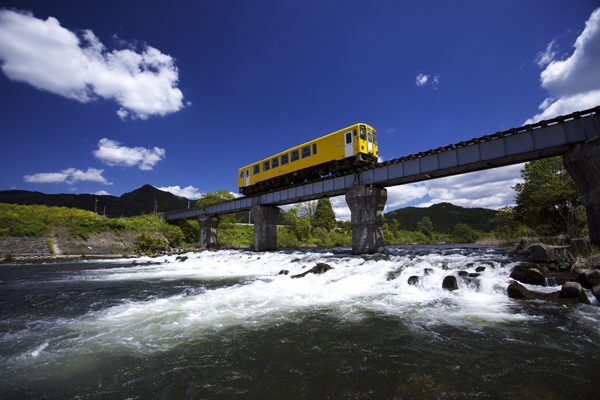
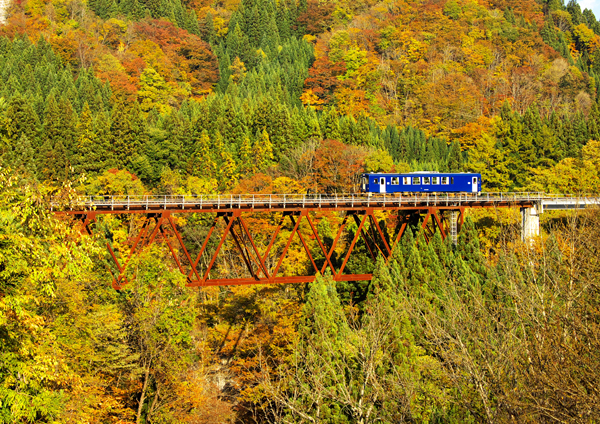
-copy.jpg)
